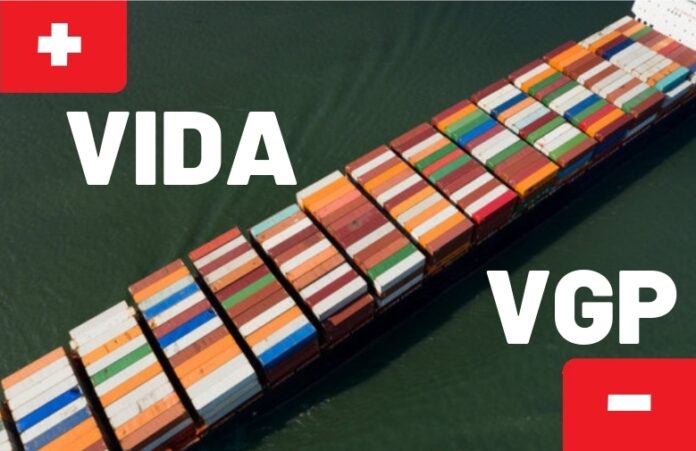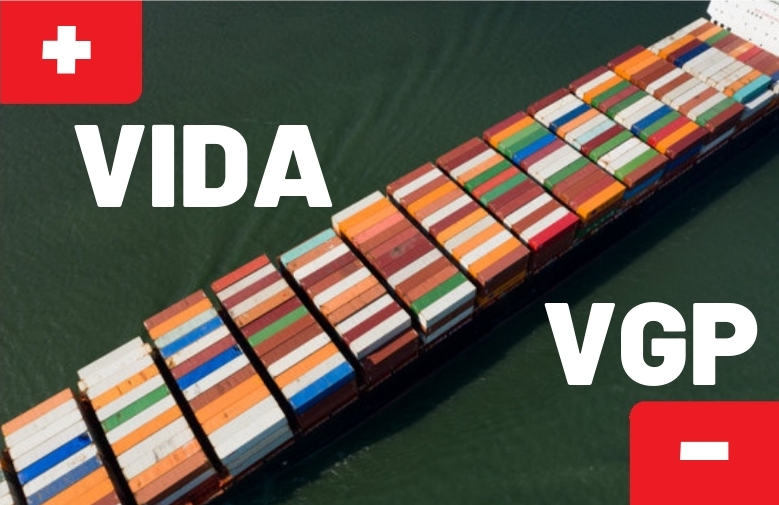
(www.MaritimeCyprus.com) VIDA restructures the way EPA and the U.S. Coast Guard (USCG) regulate incidental discharges, primarily from commercial vessels, into waters of the United States and the contiguous zone. Specifically, VIDA amends Clean Water Act (CWA) Section 312 to include a new subsection (p) titled “Uniform National Standards for Discharges Incidental to Normal Operation of Vessels.” Subsection 312(p) requires EPA to develop new national standards of performance for commercial vessel discharges and the USCG to develop corresponding implementing regulations. VIDA phases out provisions of the VGP (Vessel General Permit) and existing USCG regulations over an approximate time of 4 years.
The following interim requirements apply until EPA publishes future standards and the USCG publishes corresponding implementing regulations (anticipated in 2022):
- For large, non-fishing commercial vessels: The existing vessel discharge requirements established through the EPA 2013 Vessel General Permit (VGP) and the USCG ballast water regulations, and any applicable state and local government requirements.
- For small vessels and fishing vessels of any size: The existing ballast water discharge requirements established through the EPA 2013 VGP and the USCG ballast water regulations, and any applicable state and local government requirements.
- Commercial vessels greater than 79 feet in length;
- Other non-recreational, non-Armed Forces vessels, such as research and emergency rescue vessels; and
- Ballast water only from small vessels (vessels less than 79 feet in length) and fishing vessels of all sizes.
By December 2020, EPA is required to develop national standards of performance for approximately 30 discharges (similar to the discharges in the EPA 2013 Vessel General Permit (VGP)). In most cases, the future standards will be at least as stringent as the existing EPA 2013 VGP requirements and will be technology-based.
Two years thereafter (~2022), the U.S. Coast Guard (USCG) is required to develop corresponding implementation, compliance, and enforcement regulations. These may include requirements governing the design, construction, testing, approval, installation, and use of devices to achieve the EPA national standards of performance.
Shipmanagers / Owners should keep close communication with their Qualified Individual for further action in due time.
Vessels covered under the 2013 VGP are required to submit the annual report by 28 February 2021 (for activities conducted from 01 January 2020 till 31 December 2020). For vessels that are covered under an eNOI but did not call the US during the calendar year, an Annual Report still needs to be submitted. However, just the first question needs to be completed to indicate the vessel did not operate in the US during 2020. There have been no changes to the 2020 Annual Report format, therefore you are encouraged to update the report developed for 2019 with your 2020 information to streamline the submission process.
View frequently asked questions on the Vessel Incidental Discharge Act.
Source: EPA














